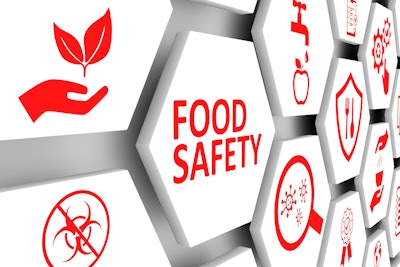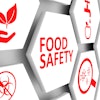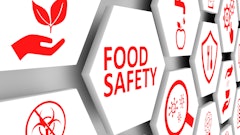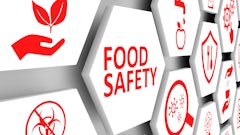
Imagine where each ingredient of your last meal would have come from, and how it passed an array of specific food safety checks to finally end up on your plate. This aspect is the core notion of food supply logistics.
Food supply logistics simply refers to the process of planning, implementing, and controlling the movement of food from its origin to the consumer. The complexity of modern logistics and the speed at which food moves across borders necessitate a proactive approach to food safety, extending beyond mere compliance with regulations. It requires fostering a culture of food safety throughout the supply chain—from farms to processing plants, distribution centers, and retail shelves.
Significance of a strong food safety culture in food logistics operations
Food safety culture refers to the values, beliefs, and behaviors that are shared by members of an organization regarding food safety. It reflects the collective mindset that food safety is an uncompromising priority. In logistics, where various entities handle food products at different stages, a consistent and well-ingrained culture of food safety ensures that every participant in the chain—from truck drivers to warehouse managers—understands their role in preventing contamination and preserving food safety.
Embedding this culture within logistics operations supports consistent practices across all stages, which is essential for managing recalls, safeguarding perishable items, and delivering safe products to consumers. When every team member understands and mainstreams food safety, companies can strengthen their reputation, protect public health, and minimize costly incidents—ultimately creating a more resilient and reliable food supply chain.
Here’s how to achieve the agenda of a well-defined food safety culture to ensure every point of contact in the supply chain contributes to keeping food safe.
Make food safety a core value, not just a compliance requirement. Food safety must be a shared commitment from top-level executives to front-line logistics staff. Establish food safety as a key company value, prioritizing it in mission statements, employee onboarding, and routine discussions. Training logistics professionals to understand food safety’s impact on the broader supply chain empowers them to take ownership of their role in protecting consumers.
Provide food safety training at all levels. Regular and customized training programs ensure that employees stay aware of the latest food safety standards and protocols. Education shouldn’t be limited to annual compliance checks but should include ongoing workshops, real-life case studies, and hands-on practices for handling, storing, and transporting perishable goods. Train drivers, warehouse staff, and managers on recognizing potential risks and properly responding to any issues.
Set clear expectations and accountability for the responsible parties. Establish clear, measurable goals related to food safety for each role within the logistics chain. Logistics professionals should know how their actions directly impact food safety and public health. Build accountability by tracking safety performance and rewarding those who demonstrate consistent, diligent food safety practices.
Implement technology for real-time monitoring and data-driven decisions. Modern food logistics relies heavily on Internet of Things (IoT) and sensor-based technology to track temperature, humidity, and other critical control points during transit. Implementing software solutions and IoT devices enables real-time monitoring and immediate response to deviations. Temperature sensors, GPS tracking, and automated alert systems allow your team to stay proactive, ensuring safe handling and reducing risks of spoilage or contamination.
Empower every team member as a food safety advocate. Encourage employees at all levels to voice concerns and suggestions for improving food safety. A culture that empowers open communication helps detect and address potential risks before they escalate. Give all staff the authority to halt logistics operations if they suspect any food safety risk, reinforcing that consumer safety always comes first.
Foster collaboration across all supply chain stages. Food safety doesn’t stop at your company’s warehouse or delivery truck. Collaborate with suppliers, carriers, and even end customers to create a seamless culture of food safety across every touchpoint. Regular meetings with partners help establish unified standards and foster shared responsibility, ensuring that everyone involved in the food logistics process works toward the same high standards.
Celebrate successes and learn from mistakes. Recognize employees and teams who uphold food safety protocols with awards or incentives. When mistakes happen, treat them as learning opportunities by conducting thorough root-cause analyses and applying lessons learned to prevent future incidents. Transparency around these issues builds trust, demonstrating that your company is proactive and committed to continuous improvement.
Regularly audit and adapt to improve. Conduct internal and third-party audits to ensure food safety protocols are being followed consistently. Use findings to adapt processes and training as needed, ensuring your logistics operation remains aligned with evolving food safety requirements. Continuous improvement is key to maintaining a dynamic and resilient food safety culture.
What do we know now
By building a culture where food safety is an intrinsic value rather than a checkbox exercise, logistics providers can play a pivotal role in ensuring that food products remain safe from farm to fork. The success of such a culture ultimately lies in the collective effort of every individual involved in the supply chain, working together to protect the integrity of the food that reaches our tables.

















